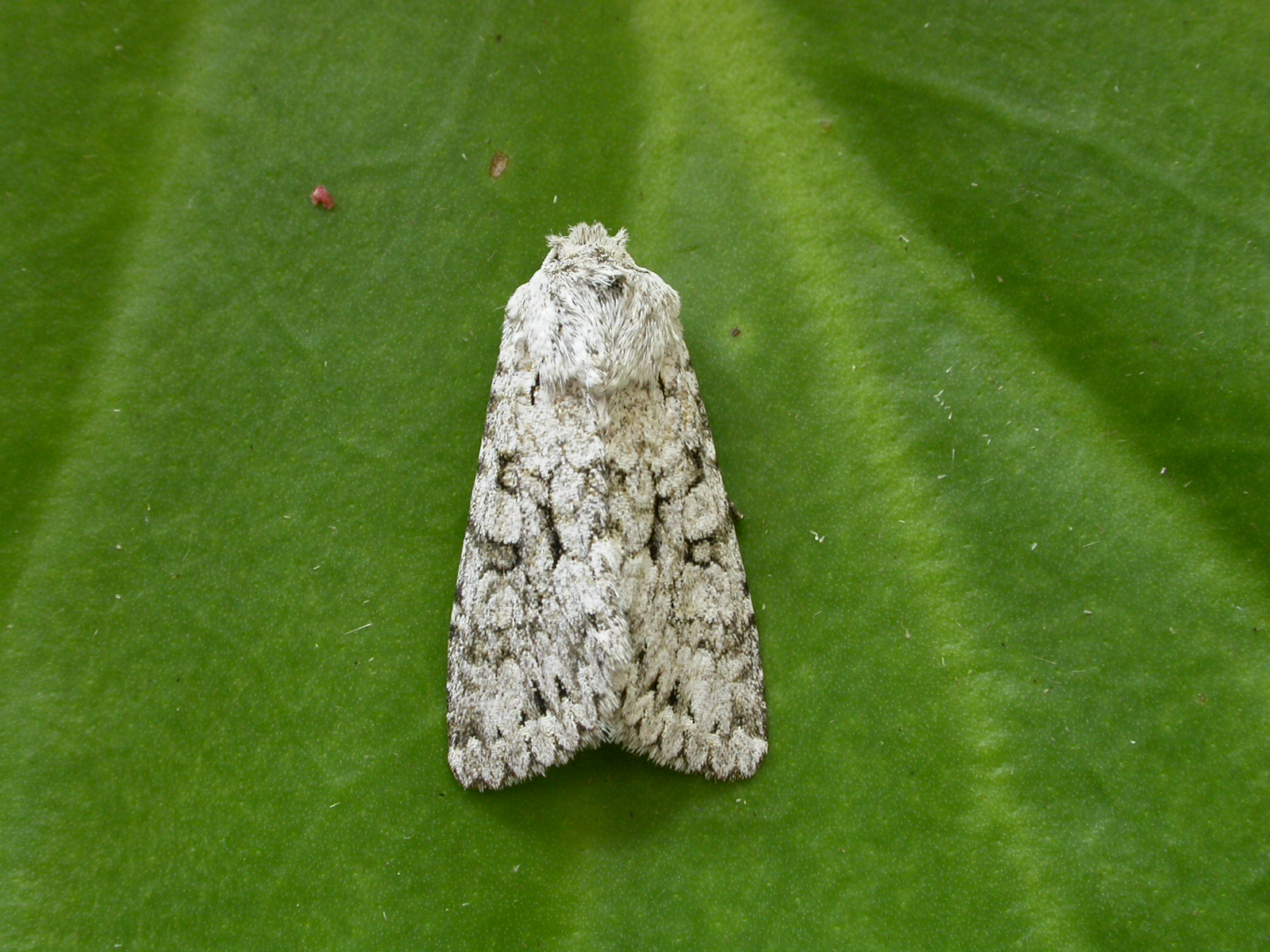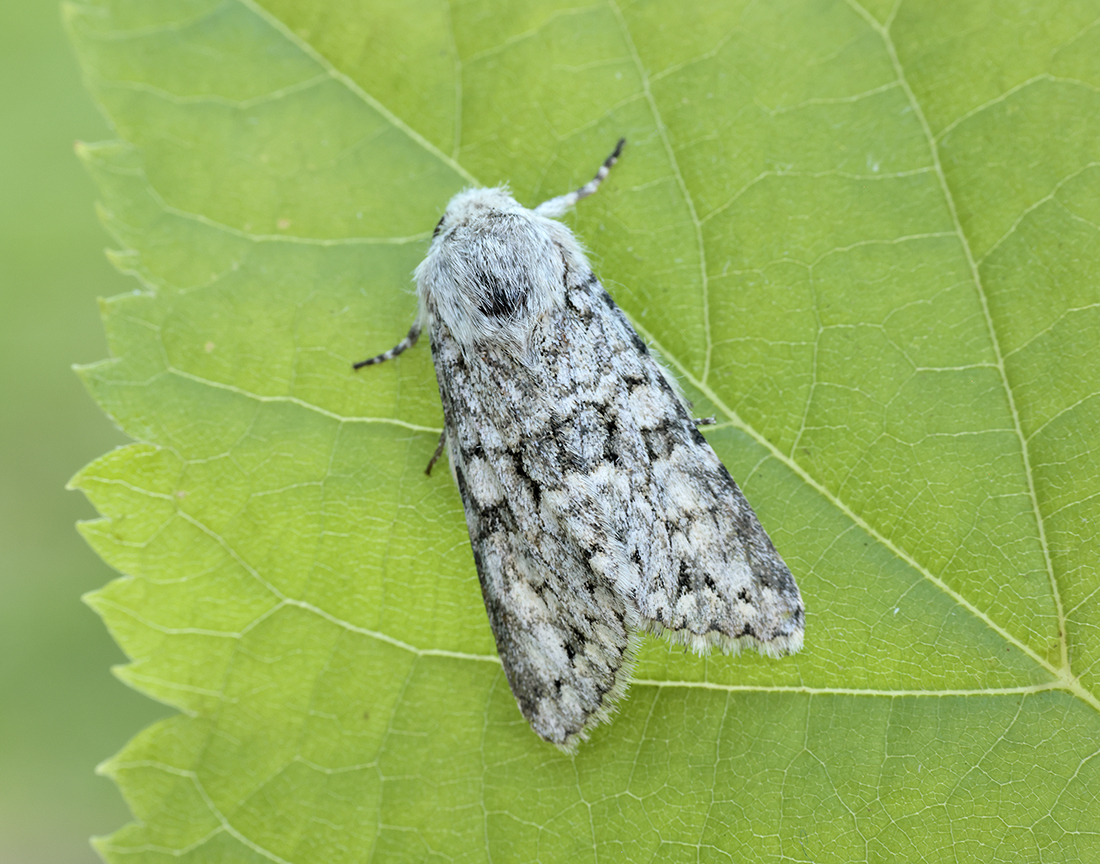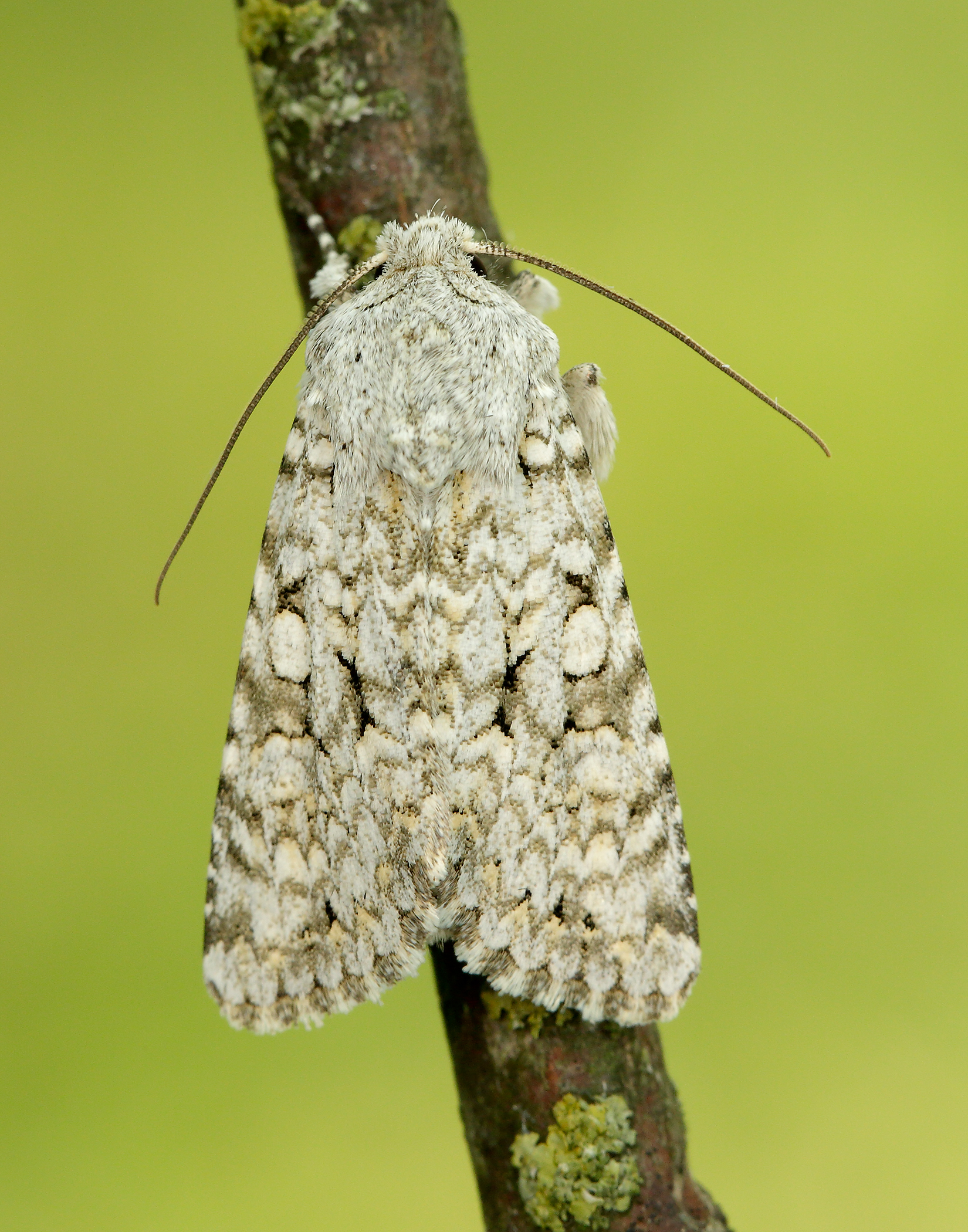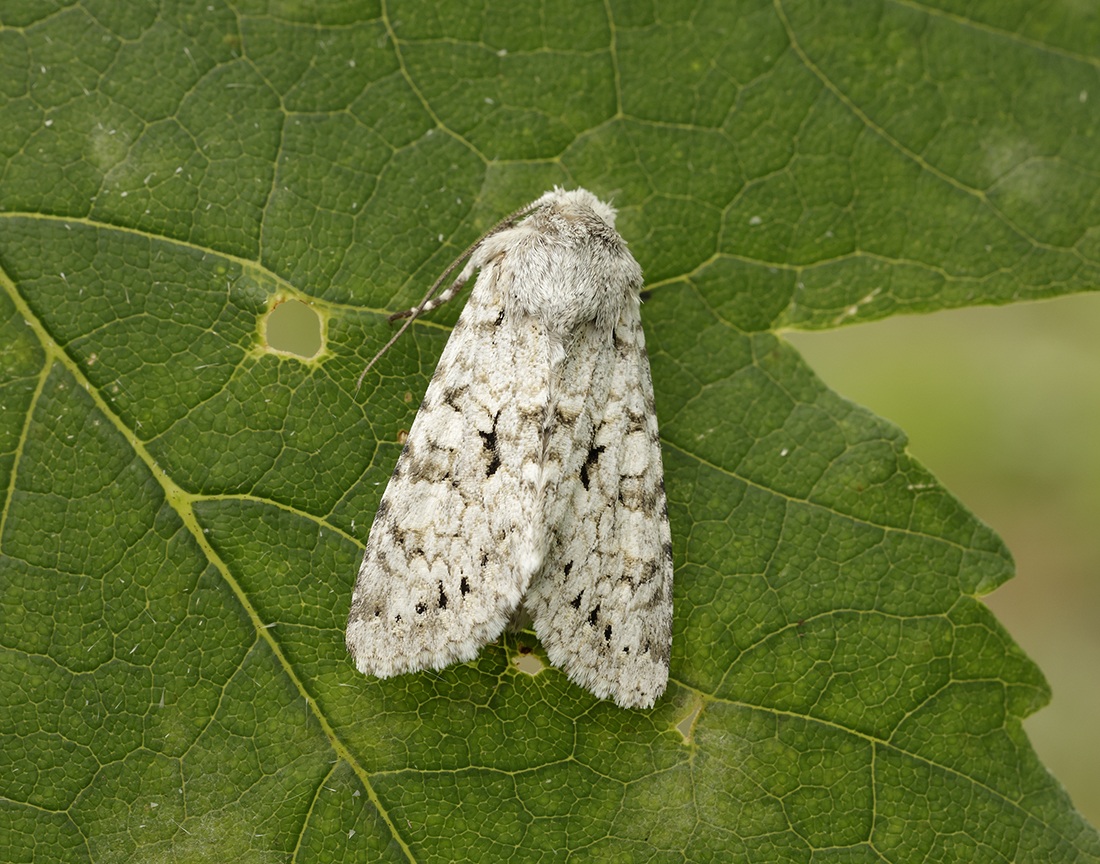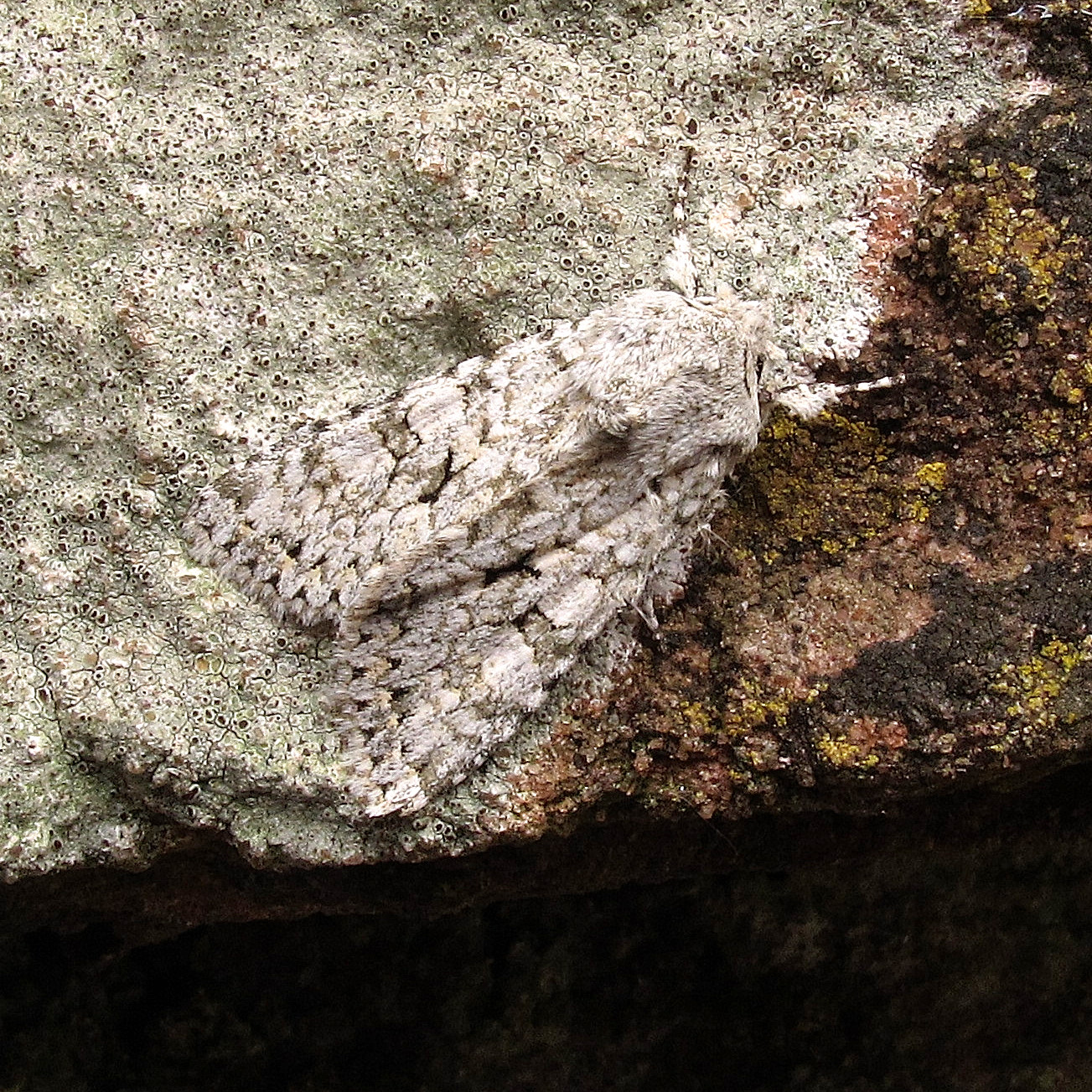Identification
The key feature is the black mark in the centre of the forewing, which is similar to the Greek letter χ (Chi) from where the moth gets its name.
Recording Method.
Attracted to light, also comes to sugar.
Life cycle
One generation. Overwinters as an egg. Larvae present April to June, feeding at night, with pupation underground.
Larval foodplants
Docks and sorrels.
Habitat
Upland grassland and moorland. Also, gardens and parkland in urban areas.
History
Somerville of Glasgow (1858) on a visit to the Moffat area had found two specimens in August of that year, whilst Lennon (1863) gave his place of work, the Crichton Institution, as a locality. Gordon (1913) also stated it to be common and generally distributed in Wigtownshire where he had found it on heather blossom and that it also came to sugar. Earliest date was 15th August 1910.
Sir Arthur Duncan (1909-84) had found it at Castlehill in Dumfries and Closeburn (VC72) during his lifetime. Archibald Russell (1944) whilst resident at Gatehouse of Fleet during 1942-43 had found the Grey Chi fairly common on the stone walls around that area.
During 1969-70 it was found on the Silver Flowe, Glentrool and Wigtown. Then from 1976 to 1982 it was regularly recorded at the Rothamsted station, Waterside Mains at Keir; other RIS data is of a single at Gatehouse of Fleet in 1978, and two records from Mabie Forest in 1990.
From 1992 to 2010 the remaining one hundred records were mainly from Kirkton (45 records), Durisdeer, Kirriereoch, Carsfad near Dalry, Auchencairn and Forest Moor.
One of the melanic form ab. olivacea Stephens was trapped at Milton (VC73) on 1st September 2005.



